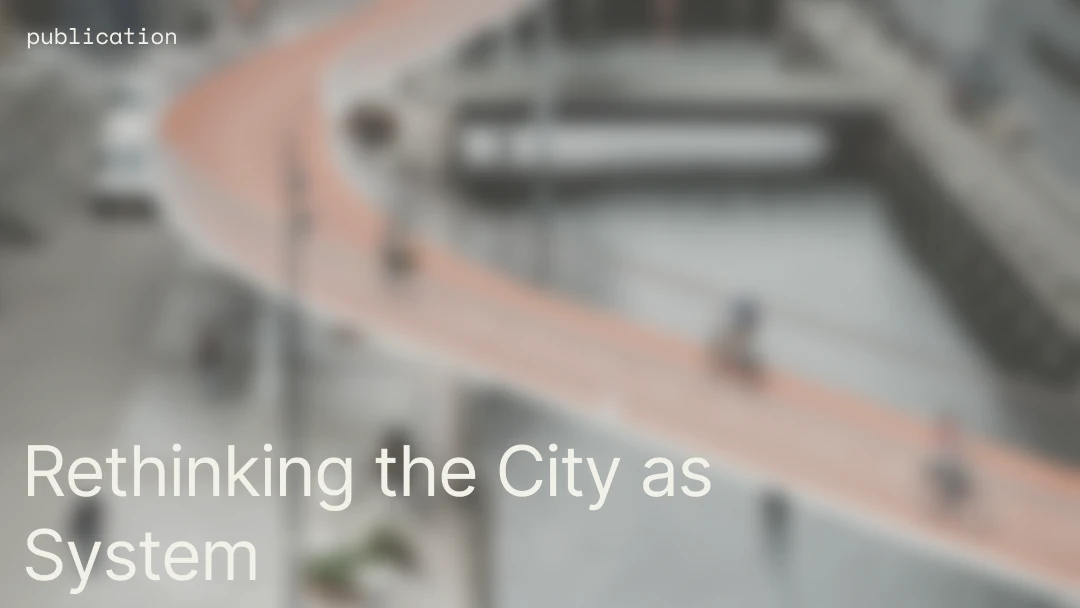
The built environment is a significant contributor to carbon emissions globally, accounting for approximately 40% of total energy-related emissions.
As we explained in a previous article, there are two main types of carbon emissions: Operational and Embodied.
To address the built environment’s high carbon contributions one obvious solution is to plan and build less polluting buildings. This can be achieved in a number of ways, including selecting less carbon-intensive building materials and maximising energy efficiency. But one question often remains unanswered… What do we do with the buildings that already exist?
There are currently no practical options to retroactively mitigate their embodied carbon which largely comes from structural components containing cement and steel. Their operational impact, however, can be greatly reduced by retrofitting.
Retrofitting is the name of a series of practices used to bring older buildings up to better energy and insulation standards. In turn, more energy efficiency translates to lower overall energy consumption, meaning that less electricity coming from polluting sources will be required. By retrofitting it is possible to reduce operational emissions by up to 33%. To achieve this there are several angles that can be considered, and different methods can be combined together depending on the situation.

One approach is to upgrade the building’s electrical or heating appliances to newer, more energy efficient ones. For large office or residential buildings, this could represent a huge step-down in consumptions, making it an attractive option both environmentally and economically. The impacts of this type of retrofits however are difficult to assess at a general level. The difference in operational carbon between the existing appliances and the new ones varies greatly based on the geographical location of the building. For instance, upgrading the lighting fixtures with more efficient ones is nearly half as effective in colder climates as it is in hotter ones. The reduction in operational carbon also largely depends on the energy source the appliances rely on.
This points to another possible retrofitting solution: switching from a highly polluting energy source, such as oil or coal, to renewable ones such as wind or photovoltaic panels.
The European Union has promoted the switch to renewables both at the industry-level and for individual consumers through financing packages and other financial aids. In the European Green Deal, renewable energy sources are specifically mentioned as instrumental to reach the 2030 climate targets. Nevertheless, such initiatives can still require significant upfront capital from building owners and not all buildings can easily switch to photovoltaic or solar panels.

Luckily, there is one more measure that can greatly lower the operational carbon footprint of existing buildings: improving the insulation.
Many older buildings have inadequate thermal insulating solutions or none at all. In turn, poor insulation translates into higher demand for heating in the winter and cooling in the summer, thus making the building more energy-intensive. Upgrading the building’s envelope materials to ones with lower thermal conductivity can significantly lower the energy demand. Ensuring proper insulation is the retrofitting option with the biggest impact on the overall carbon weight of a building.
But there is one crucial point that has to be considered in this step. While substituting the insulating materials, it is essential that their embodied carbon is as low as possible. Insulation materials are ranked as the third most polluting among construction materials. Using heavily polluting insulating materials such as polystyrene or other fossil-based materials would only partially address the environmental concerns for the building. In fact, using materials with high embodied carbon could entirely negate the benefits of reducing the operational carbon footprint of the building.
It is in such applications that bio-based materials shine. They have high R and U-values, can be sourced locally, and have low (if not negative) upfront carbon. Moreover, they are generally free of dangerous chemicals making them perfect even for indoor applications. Some examples are eelgrass panels, hempcrete slabs, compressed straw bales, and insulating blocks obtained from mycelium, the root structure of mushrooms. These materials offer specifications on par or even better than more traditional insulating materials. For a closer look at some of these bio-based options, you can read our previous article here.
Beyond environmental benefits, retrofitting also presents a compelling economic opportunity. For starters, the improved energy efficiency of a building can lead to substantial cost savings over time. Furthermore, thanks to the European Taxonomy, reducing the carbon footprint of an existing building can open up funding avenues. So then, why are investments in energy efficiency in buildings falling, and why are the rates of retrofitting so low?
Despite the recent push at the European level for such measures through initiatives such as the Renovation Wave, retrofitting is still not that popular. A lot of the economic incentives promised to companies and privates are left up to individual European countries, leading to mixed successes. Bio-based materials are still not widespread due to several reasons, including lack of awareness, higher upfront costs and market penetration.
And yet, the retrofitting dilemma is going to be one of the most pressing issues regarding the built environment. By 2040 it is estimated that approximately two thirds of the global building stock will consist of buildings already standing today. If our climate goals require the built environment to reach net zero emissions in the next three decades retrofitting will have to become a standard practice, alongside easier methods to assess the embodied carbon of the materials employed.
https://energy.ec.europa.eu/topics/energy-efficiency/energy-efficient-buildings/renovation-wave_en
https://rmi.org/insight/transforming-existing-buildings-from-climate-liabilities-to-climate-assets/
https://www.frontiersin.org/articles/10.3389/fenvs.2022.1028793/full
https://www.netzerocarbonguide.co.uk/guide/early-decisions/retrofit-or-new-build/summary
https://www.sciencedirect.com/science/article/abs/pii/S0378778821007982
https://www.mdpi.com/2071-1050/14/23/16115
https://www.iea.org/reports/sustainable-recovery/buildings
https://www.buildingconservation.com/articles/environmental-impacts/environmental-impacts.htm
https://architecture2030.org/why-the-building-sector/
https://www.sciencedirect.com/science/article/abs/pii/S2352710218306119
https://iopscience.iop.org/article/10.1088/1755-1315/323/1/012033/pdf




























